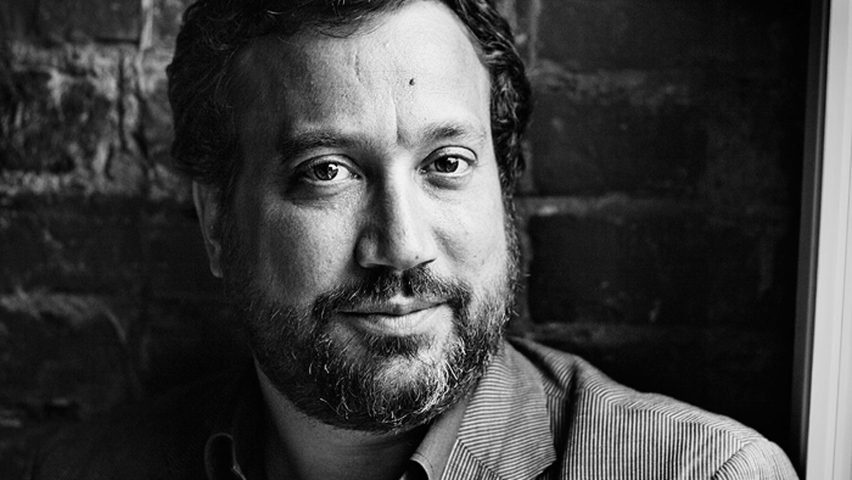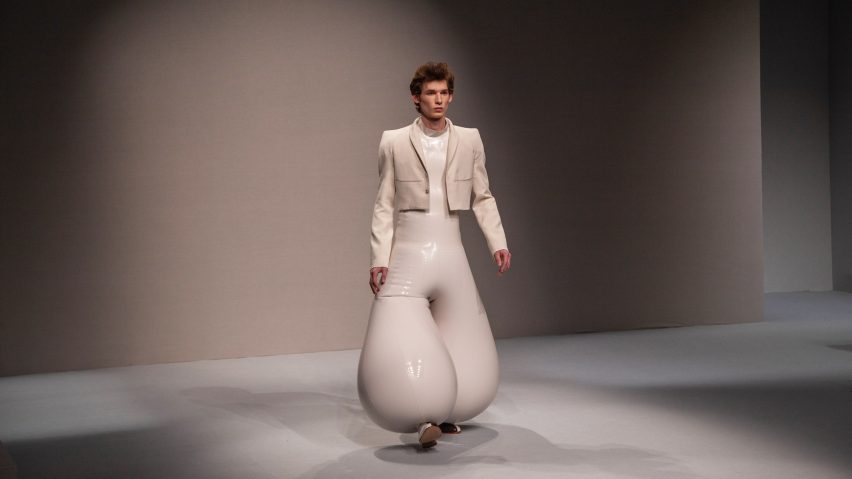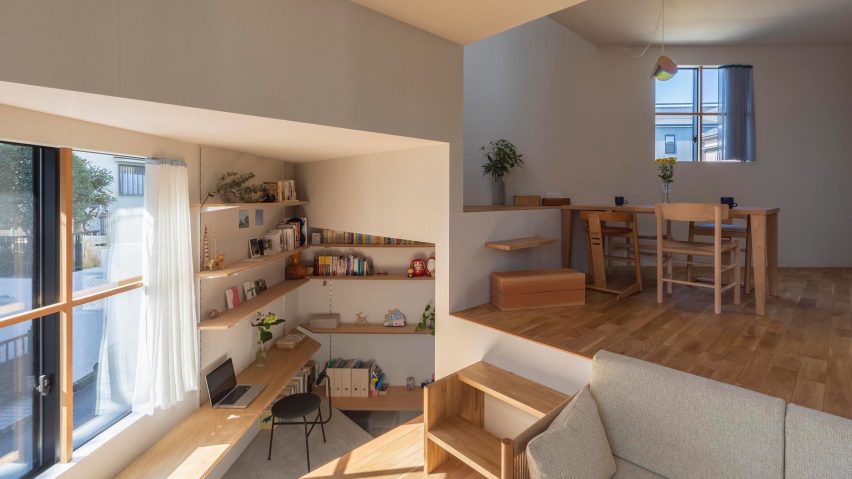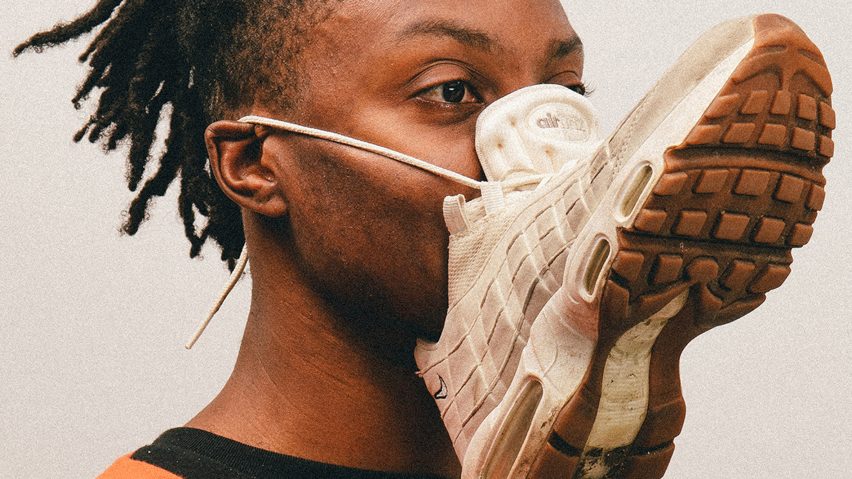
"Design is almost always political"
In this week's comments update, readers are debating whether Dezeen's story about Forensic Architecture founder Eyal Weizman being prevented from entering the United States is relevant for an architecture and design magazine.
Political agenda: some commenters questioned Dezeen's decision to report that Eyal Weizman, founder of Forensic Architecture, was prevented from entering the United States ahead of his exhibition exploring the "arbitrary logic of the border". Not everyone felt that Weizman's ESTA being retracted – due to an alert triggered by an algorithm – was a design story.
"Certainly not an architecture or design related story. What's it doing here?" asked Alfred Hitchcock. "Is Dezeen now a political journal?"
"The algorithm has been designed by someone," replied Think. "What to include and what not to include in the algorithm's design is a political decision. Design is almost always political."
Geof Bob agreed: "As a subject, forensic architecture certainly is related to architecture and design, as it uses many of the same techniques – mapping, modelling, animation, VR – in gathering evidence of and investigating alleged human rights violations. Moreover, as with any media outlet, it's for the editor to determine what comes within its scope."
"For those who do not see a political dimension to architecture and their role as designers in that ecosystem, there is plenty of literature on the subject," added JZ. "From certain arrangements of spatial function to building ornament, a designer can reinforce or transgress from a normative. Just because one is not thinking politically, doesn’t mean one is not acting politically."
This commenter felt similarly:
Is design always political? Join the discussion ›

Hyperinflation: menswear designer Harikrishnan matched cropped tailored jackets with billowing latex trousers for his graduate collection at the London College of Fashion. The looks received a mixed response.
"I really like the pear shape of the white pants," praised Rose Winkler. "I picture them with the same shaped arms on a stage. They feel very medieval. Reminds me of Popeye when he eats his spinach."
Matt had a different target market in mind: "Great trousers for those who like to fart a lot."
"Absolutely love the concept!" exclaimed Karen Thomas. "Mad technical skills have gone into creating such art. Especially the time invested in getting those beautiful beads made. Curious to see what's next!"
"So Lymphedema is the latest style now?" asked Anita.
This reader was feeling mischievous:
What do you think of the collection? Join the discussion ›

Another level: commenters are struggling to imagine themselves living in House in Takatsuki, a three-storey building in Osaka, Japan, containing 16 different floor levels.
"Superfluous attempt at complicating life and limb," said Zee. "Futile."
"Wonder how the residents will go up and down once they get old," continued Apsco Radiales. "Arthritis and rheumatism are a bit*h! Hopefully they won't end up in a wheelchair."
"Ingenious, wonderfully executed and visually attractive," said Geof Bob on a more positive note. "But how liveable is it really? What if residents forget which pieces of furniture double as steps and move them, or put books etc on them? And what about guests and visitors unfamiliar with the layout?"
Pierre had some advice: "Never drink alcohol in this home!"
One reader was more interested in cleaning than drinking:
Can you imagine living in House in Takatsuki? Join the discussion ›

Too little too late? Having offended people with a photo series of home-made coronavirus masks, artist and designer Max Siedentopf apologised adding that his work aims to take people "out of their comfort zone". The apology wasn't enough for some readers though.
"Anyone who found this project to be 'misleading' should indeed visit a doctor. It was a sculptural photo series. A reasonable person should not expect a piece of iceberg lettuce over their face to provide respiratory protection," said Christopher Gon De Leeuw, on one hand.
Nasim Sehat disagreed: "There is no creativity in this project. Almost all these 'DIY masks' were already made by Chinese people in the last two months."
"The only intention with this was to get attention, and it is achieved. So own it and shh," continued Miles Teg.
"Max has taken the approach to defend his work against racist accusations but much of the negative criticism has little to do with racism," added Sunny. "People are angry at him for showing no sympathy towards those who are still suffering and no respect for those who passed away, no matter the nationality. The work is neither creative nor thought provoking, just disappointing on a multitude of levels."
This reader summed up their opinion in one word:
Do you think Siedentopf was right to apologise? Join the discussion ›